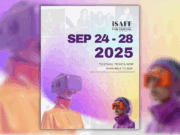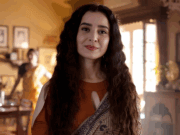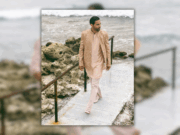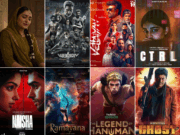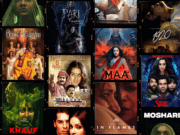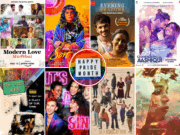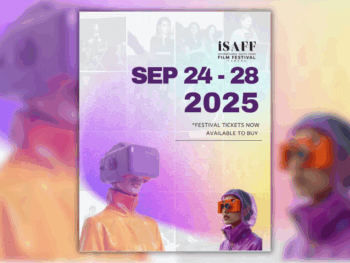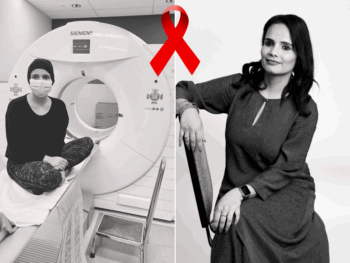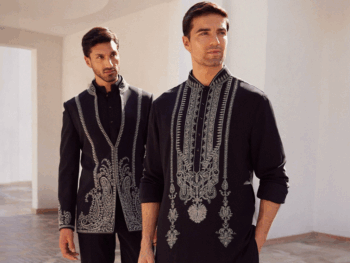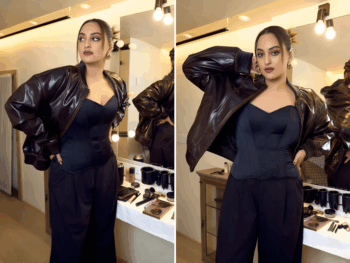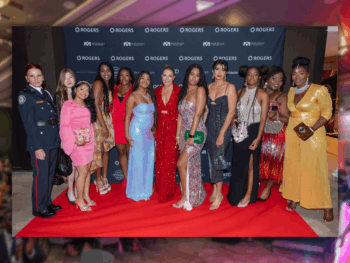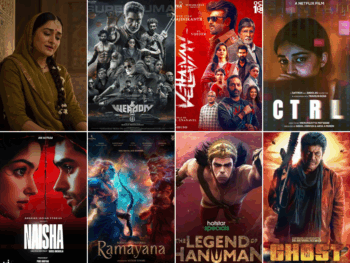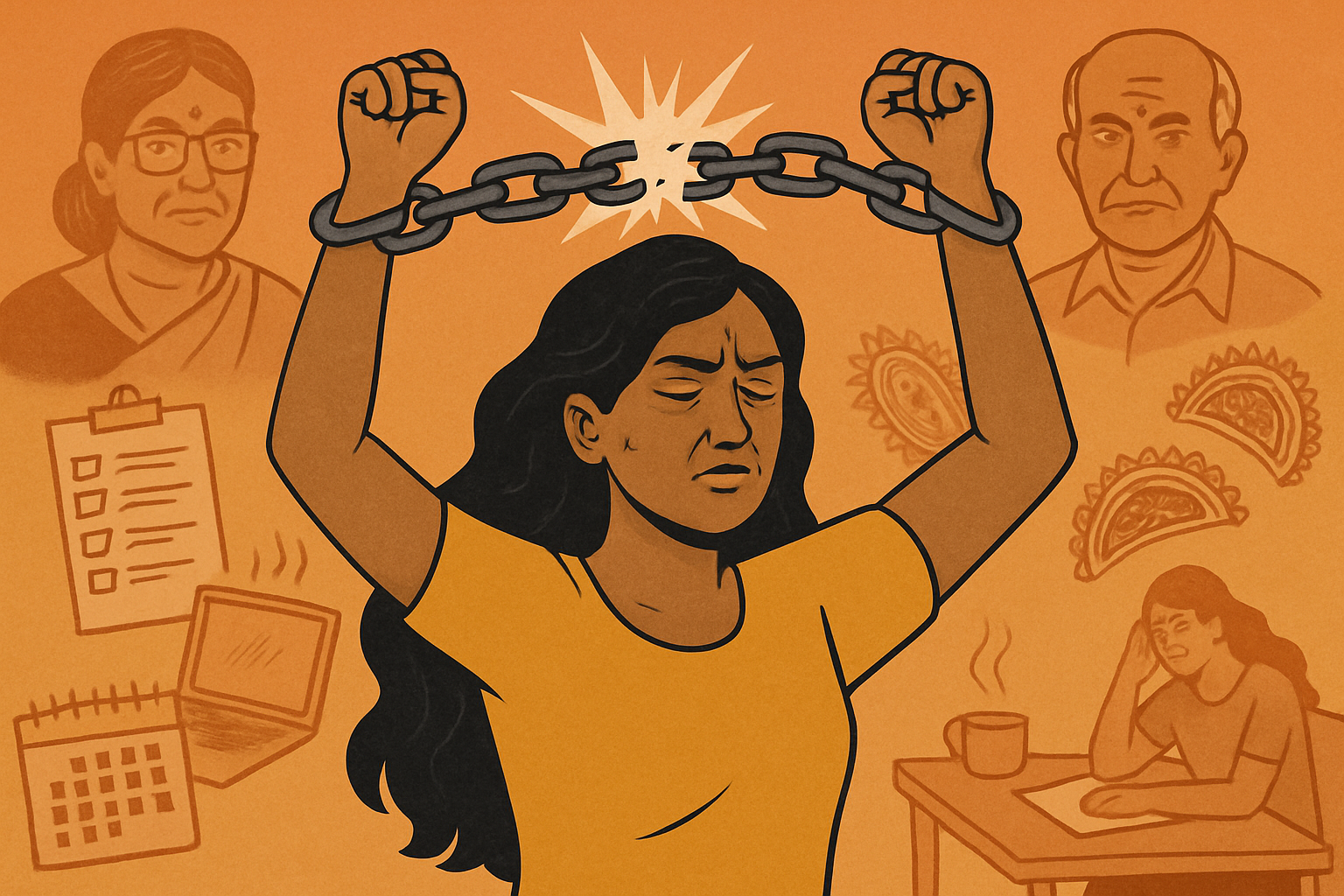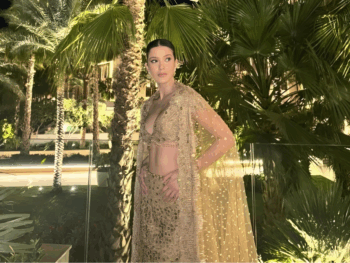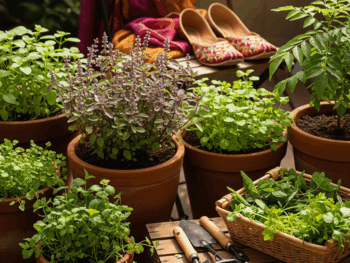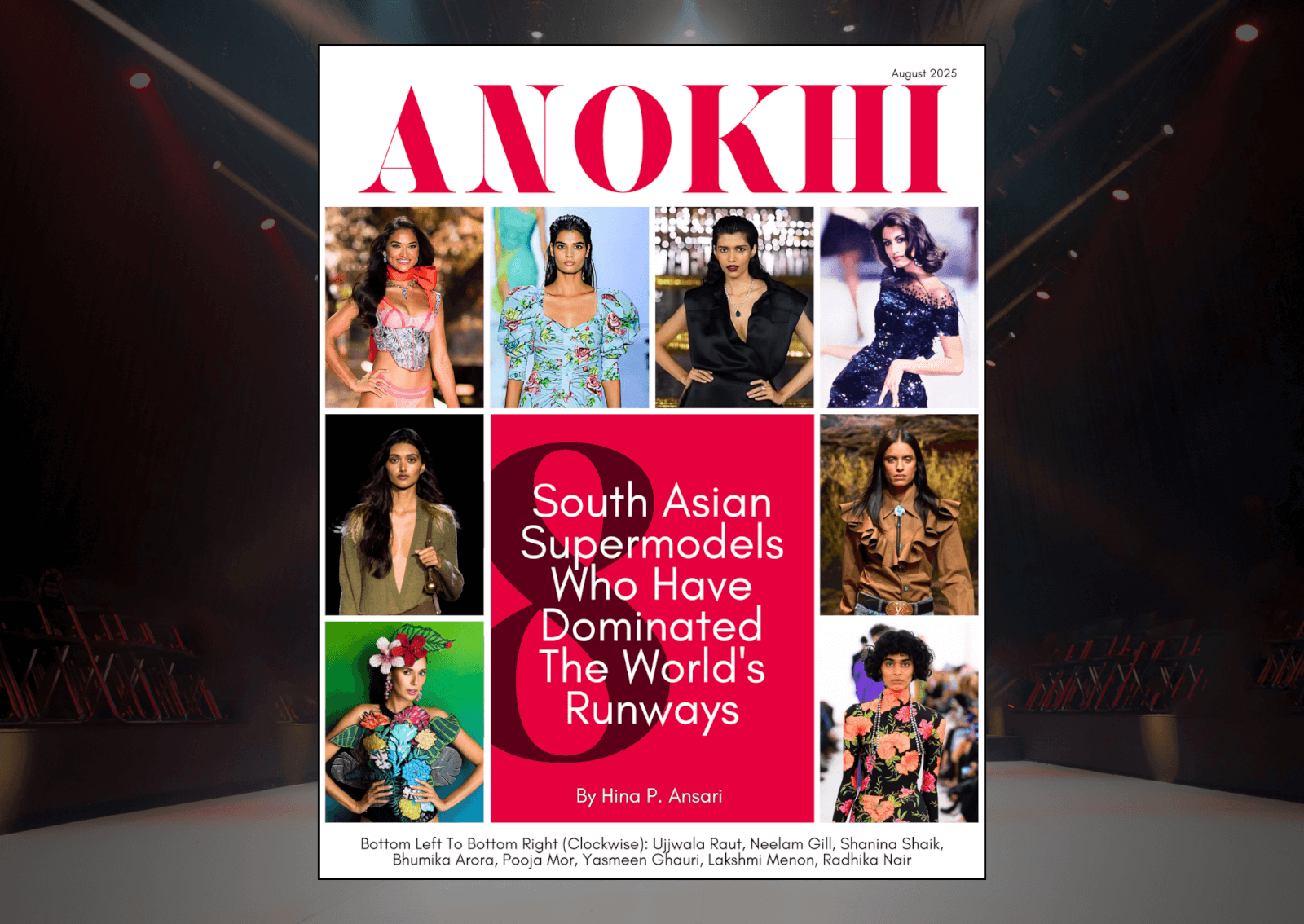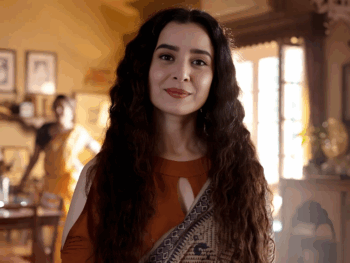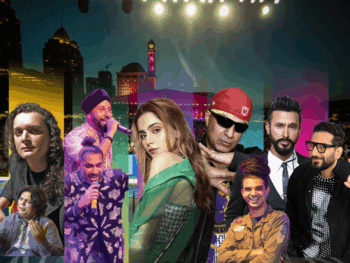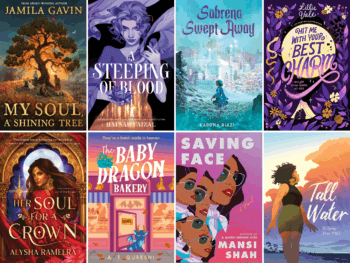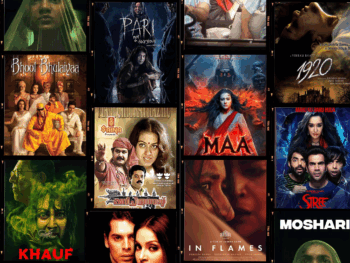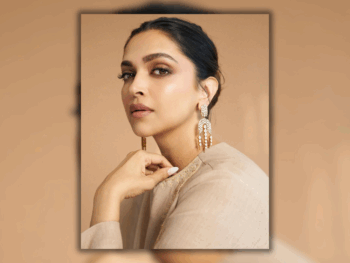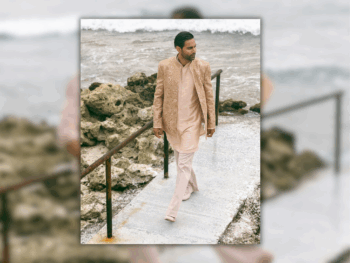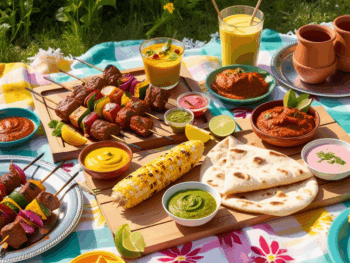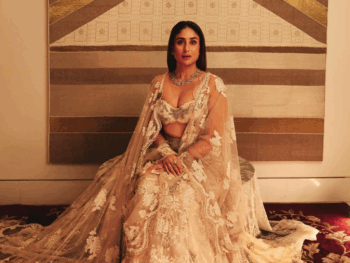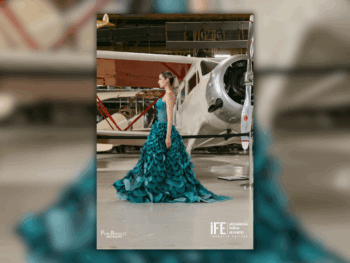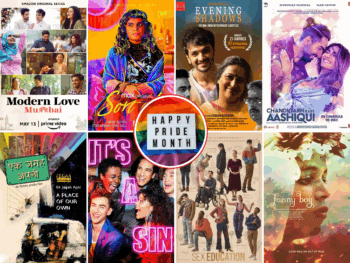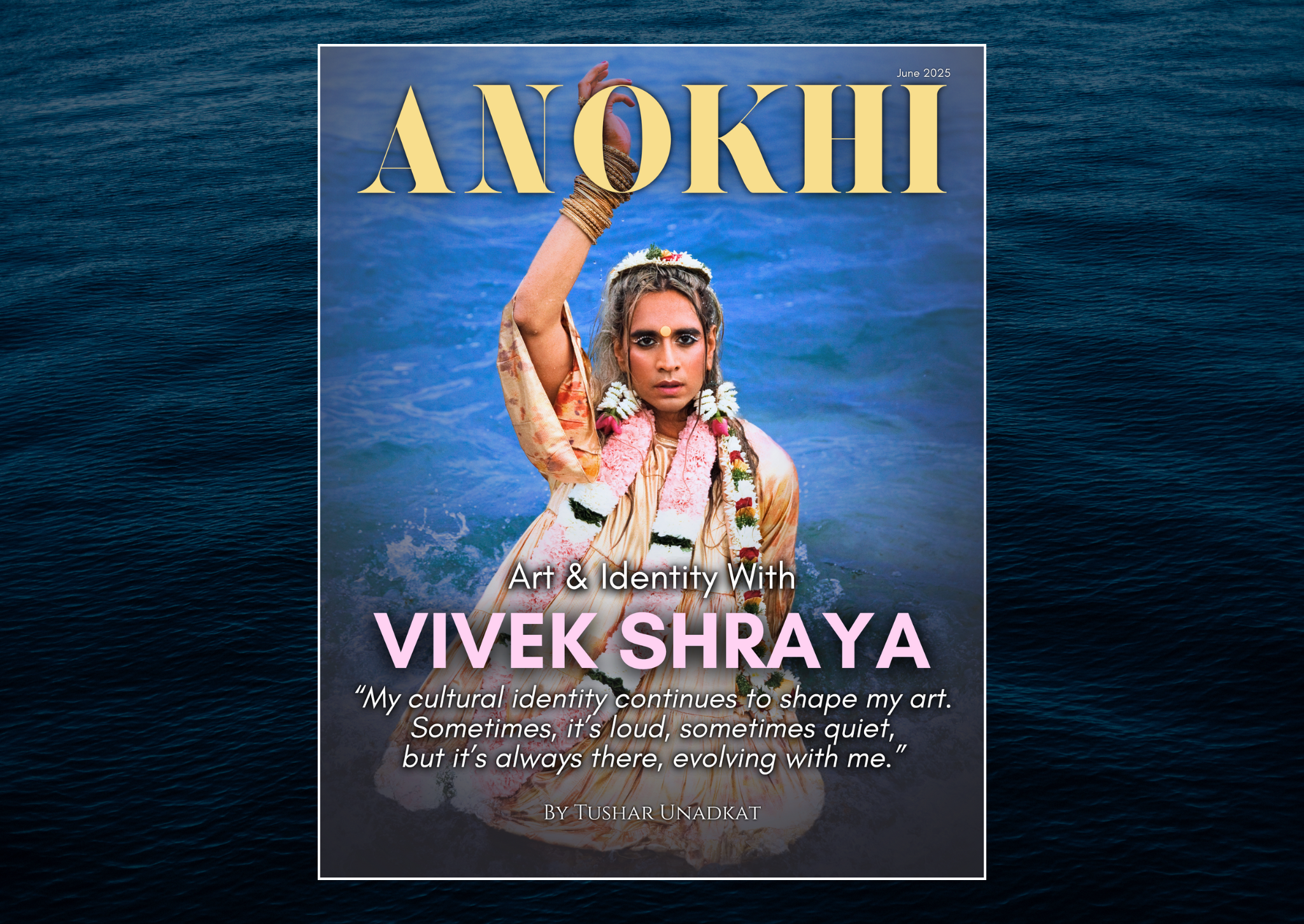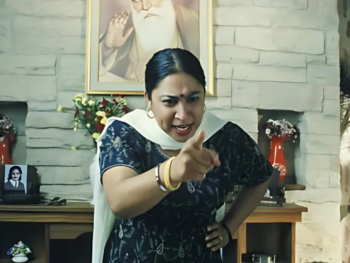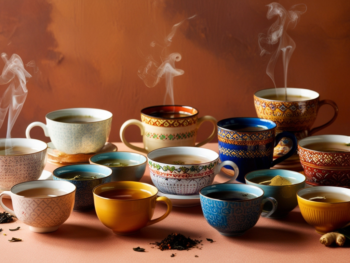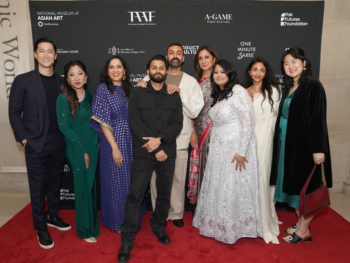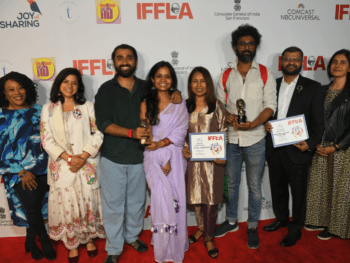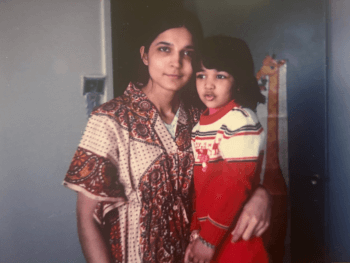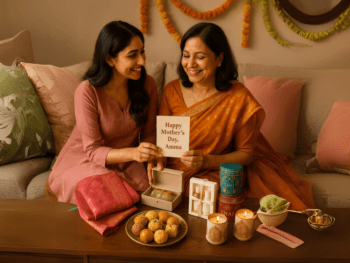India’s Border&Fall Dissects The Sari In Groundbreaking Project On Google
Jul 14, 2017
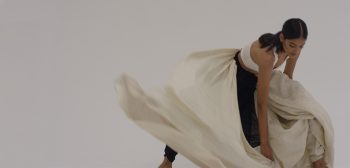
With a unique perspective on the artistry of the sari, an India-based digital platform Border&Fall (founded by a Montrealer no less!) explores the sari with a sneak peak of their next level project on Google’s s Art and Culture platform: We Wear Culture.
Well, the search is over! Border&Fall is a Bengaluru-based digital publication and strategic agency that undertakes the impressive, challenging, and critical task of documenting and supporting key aspects of India’s craft and fashion communities. Currently, you can also check out a preview of their most recent and intriguing project featuring the sari that was released on Google’s Arts & Culture page. More importantly though: Malika Verma Kashyap.

The creative agency’s wheels were set in motion when the Montreal-born entrepreneur relocated to India in 2007. While she always had an interest in emerging design talent, as a South Asian, she was also deeply interested in Indian fashion. However, up until then, Kashyap’s main exposure growing up to fashion and India, outside of the home, was from a magazine, Stardust. “How I loved that magazine,” she described as “It was pre-internet and the only accessible lens on India’s ‘fashion’ available at the local Indian store.”
Following her bold move to India many years later, she was hopeful that she would gain a much more in-depth understanding of the industry, “but even with the newer glossies [she] wasn’t clear on the hierarchy, what designer visions were, and who the upcoming talent was. It was also very bridal based.” This motivated her to take some time to gain a deeper perspective and understanding about Indian fashion.
She “…took a year off to research, [where she] met many people and mapped it on [her] own.” As a result, she began to learn more about Indian fashion, which is built on the backbone of the craft economy. Handmade work is the crux of the craft economy, which includes painting, embellishing fabric, dyeing, textiles, weaving and much more. However, Kashyap came to realize that the conversation surrounding the craft economy and fashion industry, although they are often interrelated, are in two different places. This recognition made it increasingly important to her to connect both these communities on one platform.

Due to her research, Kashyap established and launched Border&Fall in 2011. However, while Border&Fall is a digital platform, it still appears to be both a project of passion and an educational experience that is meant to bridge the gap between fashion and the craft industry.

Today though, Border&Fall, is more than just an online publication, as they also run a strategic agency that works with incredible design talent, including Raw Mango and Rashmi Varma. According to Kashyap, the company works across communication, branding and business development. She added that “her work is focused on bringing awareness to the talent here, and partaking in India’s evolving design sensibilities, particularly with respect to craft and fashion, [which is] all inextricably linked at this point.”
Meanwhile, Border&Fall’s sensational new project, The Sari Series began taking root and sprouting to life some time ago and was made possible in part to their Kickstarter and Good Earth. The Sari Series is as much about addressing the perceptions of the sari in India, and outside, as much as it is about celebrating an invaluable garment from India.
Part of the issue that the project tackles is that the sari is more often perceived as traditional dress wear that is limited to formal occasions. Interestingly, Kashyap notes that “Most people think of the sari in a few drapes, if not only one [namely the Nivi]; they think of it in three parts (sari, blouse, and petticoat) [or] as something elders wear, and with an imposed rigidity and ‘correct’ way of wearing. And that it needs 25 safety pins! None of this is true. It has many drapes, can be worn without blouses at times, and always without a petticoat, [as well] anyone can wear it … in any way.”
In fact, there are over 100 drape methods, some of which can be previewed on the sample that was released on Google’s Arts & Culture that is being featured as part of their “We Wear Culture” project. Google launched this latest venture earlier this year June 8, and “the tech giant has partnered with 180 cultural institutions, from art museums like The Met to schools, archives and organizations in other major cities across the globe, to digitize 30,000 clothing items and 450 exhibitions, with a special focus on delving into the lesser-known stories behind each item.”
What is particularly unique about “We Wear Culture” is that it will “include a series of virtual reality films that allow visitors to explore significant objects in museums collections in 360 degree, high-resolution,” along with a street view function for online users that will allow them to take a virtual tour of exhibits around the world. Talk about making fashion and history accessible.

Thanks to a friend, Border&Fall was able to release a sneak peek of their work via Google Arts & Culture.
#WeWearCulture encompasses fashion, learning, art, culture, and history, which is largely what The Sari Series aims to achieve. For instance, the sari speaks to multiple nations, such as Sri Lanka, India, Bangladesh, and more, as well as to various regions, which have particular regional textiles associated with uniquely developed drapes. This all contributes to one inherent takeaway that is in line with Google’s #WeWearCulture theme: wearing a sari is wearing a culture.
The non-profit cultural documentation, The Sari Series, seeks to break down the limiting public perception it has developed in order to illustrate how “it is versatile and adaptable to context, environment and culture, with its making directly tied to the livelihoods of millions of karigars (craftspeople).”
As such, for Kashyap, she’d “like for the sari to feel more accessible to people. Not necessarily by wearing it, but by seeing it for the versatile garment it is.” And this is what the films audaciously set out to achieve in two parts. Over 80 how-to drape films show how to drape a particular regional sari style.
Kashyap’s personal favourites include Boggili Possi from Andhra Pradesh, Yakshangana Kasi from Karnataka, and the Kotapad drape from Orissa. Meanwhile, the second part of the project is made up of a series of three short films on the sari’s past, present, and future by filmmakers Q, Pooja Kaul, and Bon Duke.

So, what’s next for Border&Fall? Growth, and lots of it: first off, there will be the exciting launch of The Sari Series: An Anthology of Drape in the fall via a variety of social media platforms and its own website, they will also be consulting on a new design store in Mumbai, working with designers on growing their businesses, and much more.
Main Image Photo Credit: www.borderandfall.com
Devika Goberdhan | Fashion Editor
Author
Devika (@goberdhan.devika) is an MA graduate who specialized in Political Science at York University. Her passion and research throughout her graduate studies pushed her to learn about and unpack hot button issues. Thus, since starting at ANOKHI in 2016, she has written extensively about many challe...
COMMENTS
YOU MAY ALSO LIKE
Newsletter Sign Up
Subscribe to our FREE newsletter for all of the latest news, articles, and videos delivered directly to your inbox each day!




